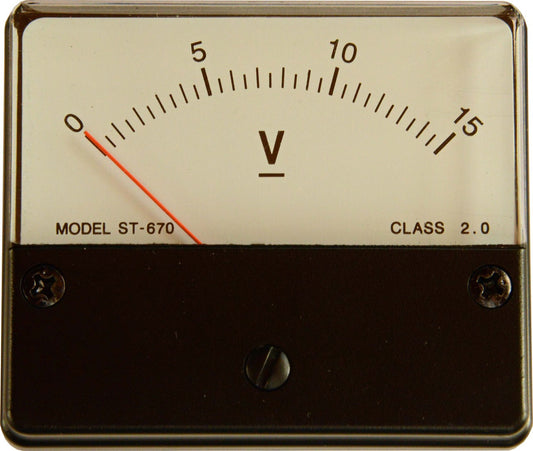Aerospace in Sea Cliff
by Paul McGowan
The first commercial use of a servo woofer in a stereo system was in 1968. The Infinity ServoStatik One.
I graduated high school in 1966, two years earlier. That was a long time ago.
The first time I ever heard of an accelerometer was from Harry Pearson, a.k.a. HP of of The Absolute Sound.
On my first visit to Sea Cliff , home of HP's lair, I got my introductory taste of the massive Infinity IRS system; crammed into Harry's small music room. Impressive doesn't really do justice to the experience. As he gave us a tour of the system he approached the massive woofer towers and tapped on the third woofer from the bottom. It was as taught as a steel drum. Without reference to what he was doing, the significance of this action didn't register. Saying nothing further he then tapped on the fourth woofer from the bottom and the sound was completely different: loose, flabby, hollow. Now he had my attention. Harry laughed his deep and infectious chortle.
"See? It's a servo system. There's an accelerometer on this woofer," tapping number three, "and the others follow this one's lead."
"Why does the one sound so different than the others?"
HP smiled, "because it will use the power of the amplifier to fight any differences between the musical signal and its output. When I tap my finger, it fights back to stay at rest."
The accelerometers used in the Infinity IRS system were expensive; hundreds of dollars. Built for aerospace use, they were essentially a precision spring mounted in a metal casing, suspending a calibrated mass.
If you place an accelerometer in a vice, or hold it in place with something far more massive than it, a signal will be produced that accurately measures the acceleration of the earth's rotation. We're all accelerating with the earth. But don't confuse acceleration with velocity. Velocity is a measurement of the rate of change, while acceleration can be a constant. And I am certain there are others with far more understanding of physics, than I, to offer you an even clearer explanation. It's the best I have. But remember, what we want is not to know the acceleration of the woofer. No, we want to know the velocity; its rate of change and its position, relative to being at rest.
The second time I encountered an accelerometer is after I joined Arnie Nudell at Genesis Technologies. It was a foregone conclusion any woofer we might produce would be servo controlled. Yet, we could not afford hundreds of dollars for aerospace accelerometers. I was shown what was, at the time, a miracle. A small piezo electric disc about the size of a fifty cent piece. Essentially, a thin brass plate with barium titanate sputtered onto each side and two wires coming from it; one on each side. This was a tweeter. It was also an accelerometer. And it cost about one dollar.
If you apply the output of a power amplifier to a piezo electric element it will move back and forth, distorting its shape, producing sound. At one point in audio's history, speaker driver manufacturers thought the piezo electric tweeter would become the standard for all tweeters: cheap, efficient, loud. Unfortunately, they also sound nasty. But that's another story.
But here's the thing. If you bend the piezo electric element it will produce a voltage in direct response to that movement. And that is what we want from a device to measure the movement of a woofer: a precise electrical equivalent of the woofer's movement.
All we'd have to do is ...
- Choosing a selection results in a full page refresh.
- Opens in a new window.








